16. Diagnostics, therapy, and prevention of vitamin disorders in ruminants
1/64
There's no tags or description
Looks like no tags are added yet.
Name | Mastery | Learn | Test | Matching | Spaced |
|---|
No study sessions yet.
65 Terms
What are the clinical signs of Vitamin A deficiency?
Impaired rhodopsin formation, night blindness, roughened hair, retarded growth, and weakness.
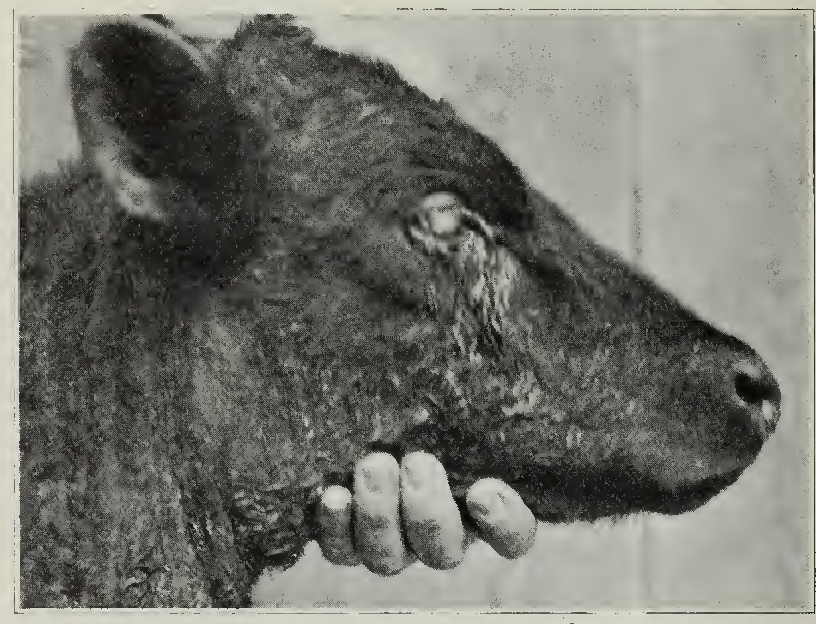
How is vitamin A deficiency diagnosed?
Vitamin A levels in the liver, serum, and diet.
What may result from hypervitaminosis D?
Enzootic calcinosis
What are examples of sources of vitamin E?
Green fodders, young grass, leaves, cured hay, alfalfa meal, whole grains and germ parts of grain.
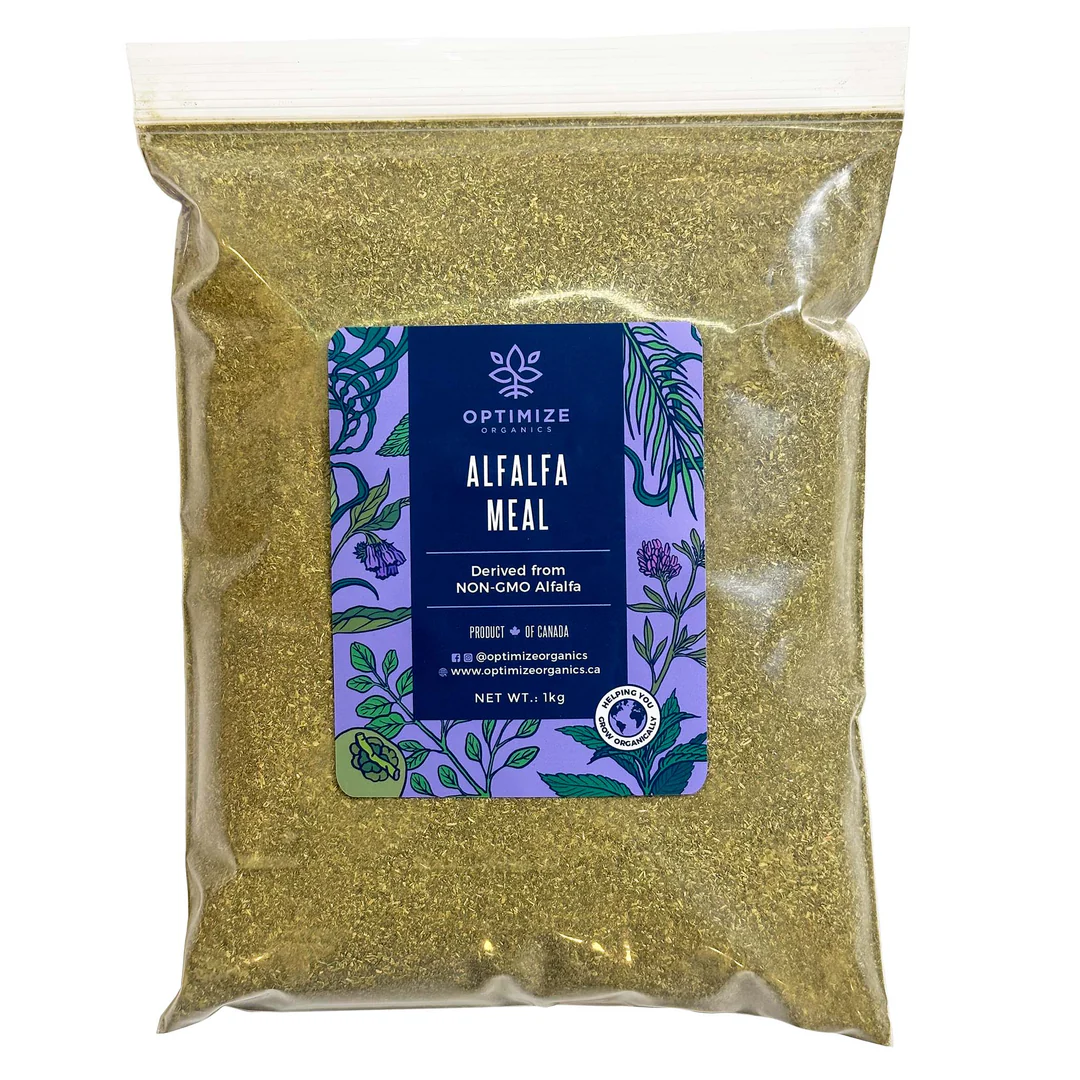
What are the types of vitamin K?
Vitamin K1 (phylloquinone)
Vitamin K2 (menaquinone)
Vitamin K3 (menadione)
What are the sources of Vitamin K?
Green leafy materials, animal products (egg yolk, liver, fish meal), and bacterial synthesis in the digestive tract.
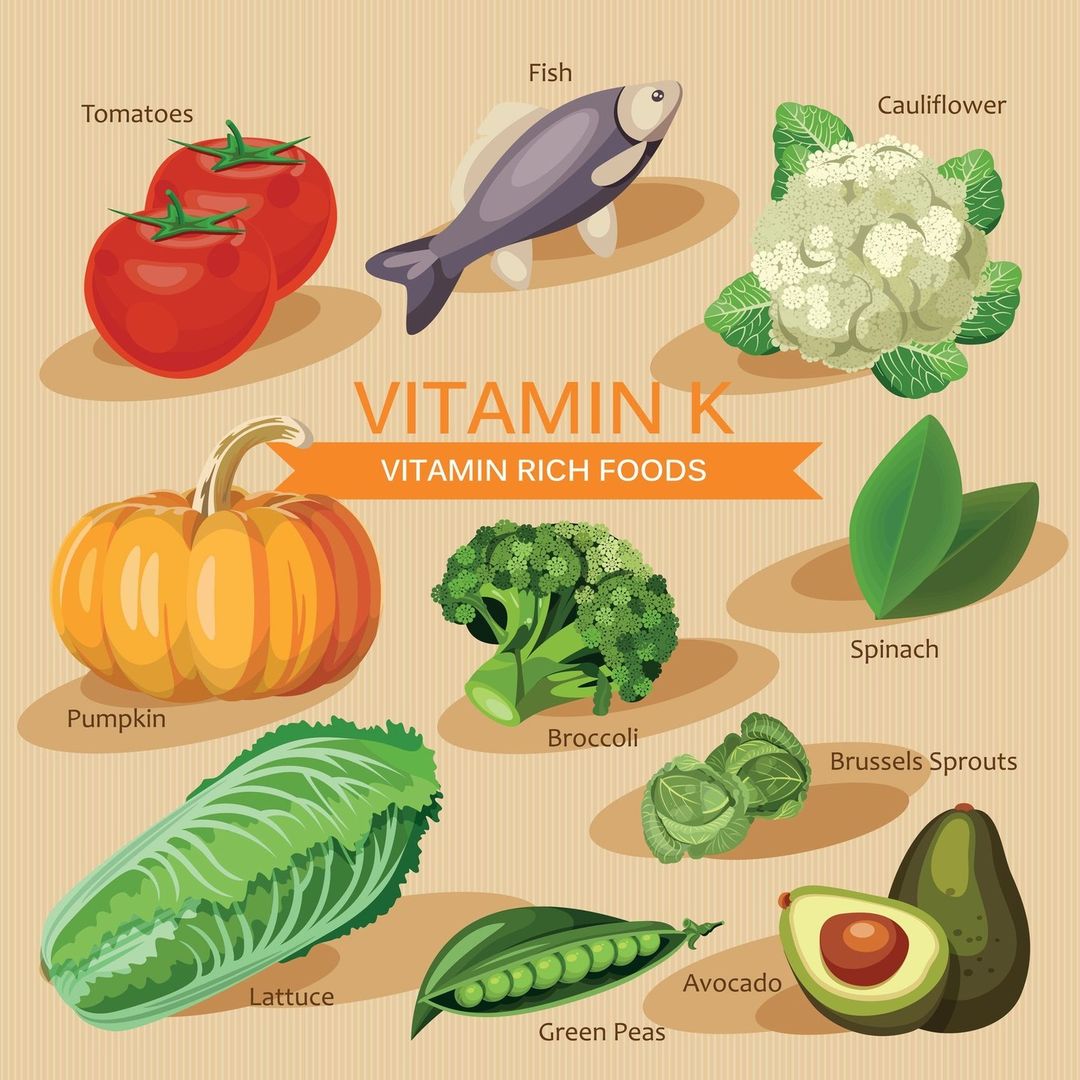
What are the clinical signs of Vitamin K deficiency?
Anaemia, weakness, hypovolemic shock, haemorrhagic diathesis, and haemorrhage.
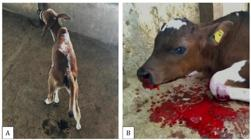
What are the clinical signs of Vitamin K toxicity?
Jaundice, haemolytic anaemia, thrombosis, and sudden death.
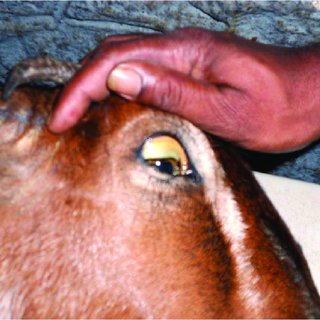
How is vitamin K deficiency diagnosed?
Clinical signs, low plasma prothrombin, increased clotting time, feed analysis
What is the treatment for vitamin K deficiency?
Blood crystalloids, vitamin K1
What is the primary function of Vitamin C in the body?
Maintenance of collagen metabolism, osteoblast formation, matrix mineralisation, bone resorption, and iron transport.

What are the clinical signs of Vitamin C deficiency?
Scaly skin and hair loss.
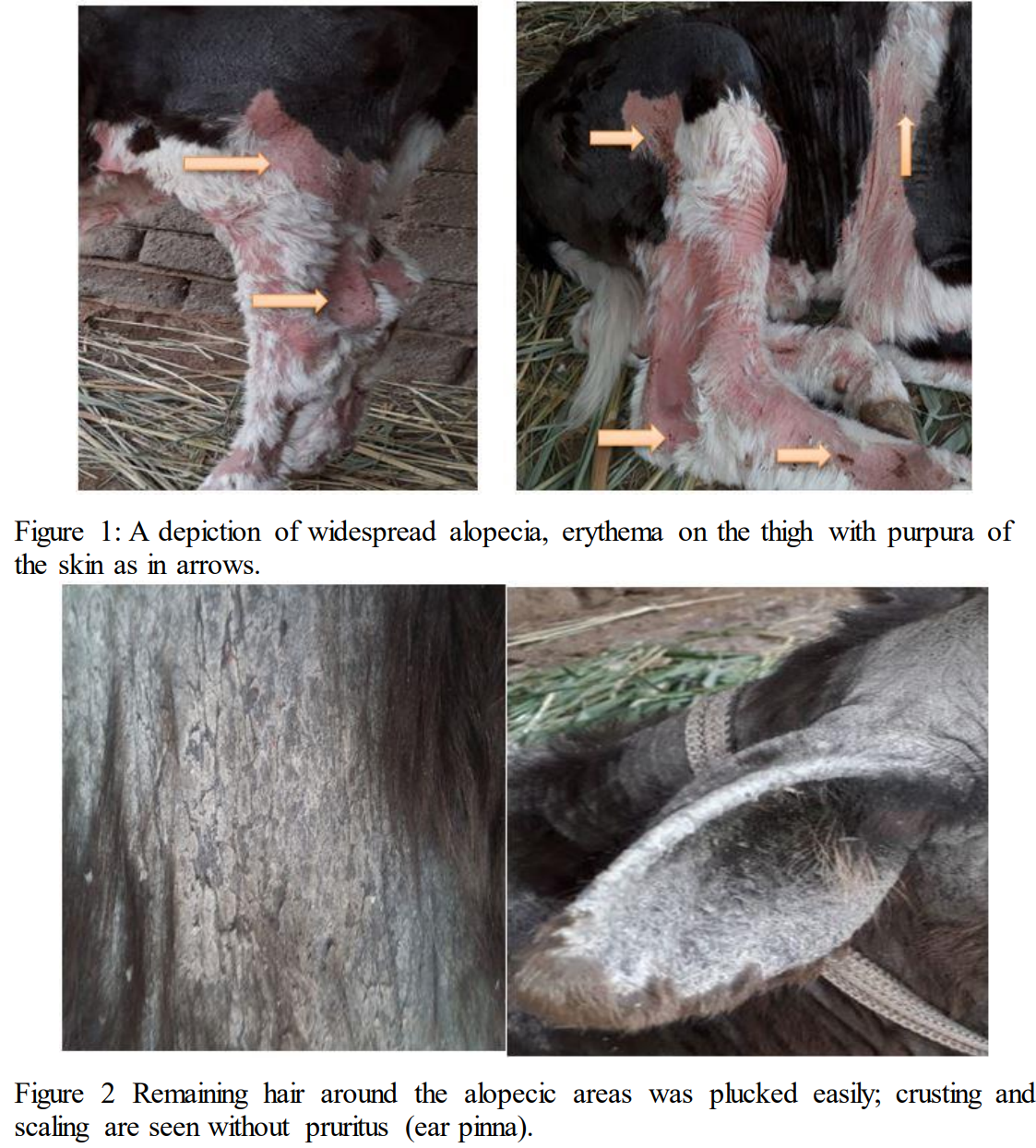
What is the main role of Vitamin B1 (Thiamine) in the body?
It functions as a coenzyme in energy and protein metabolism, and the nervous system.
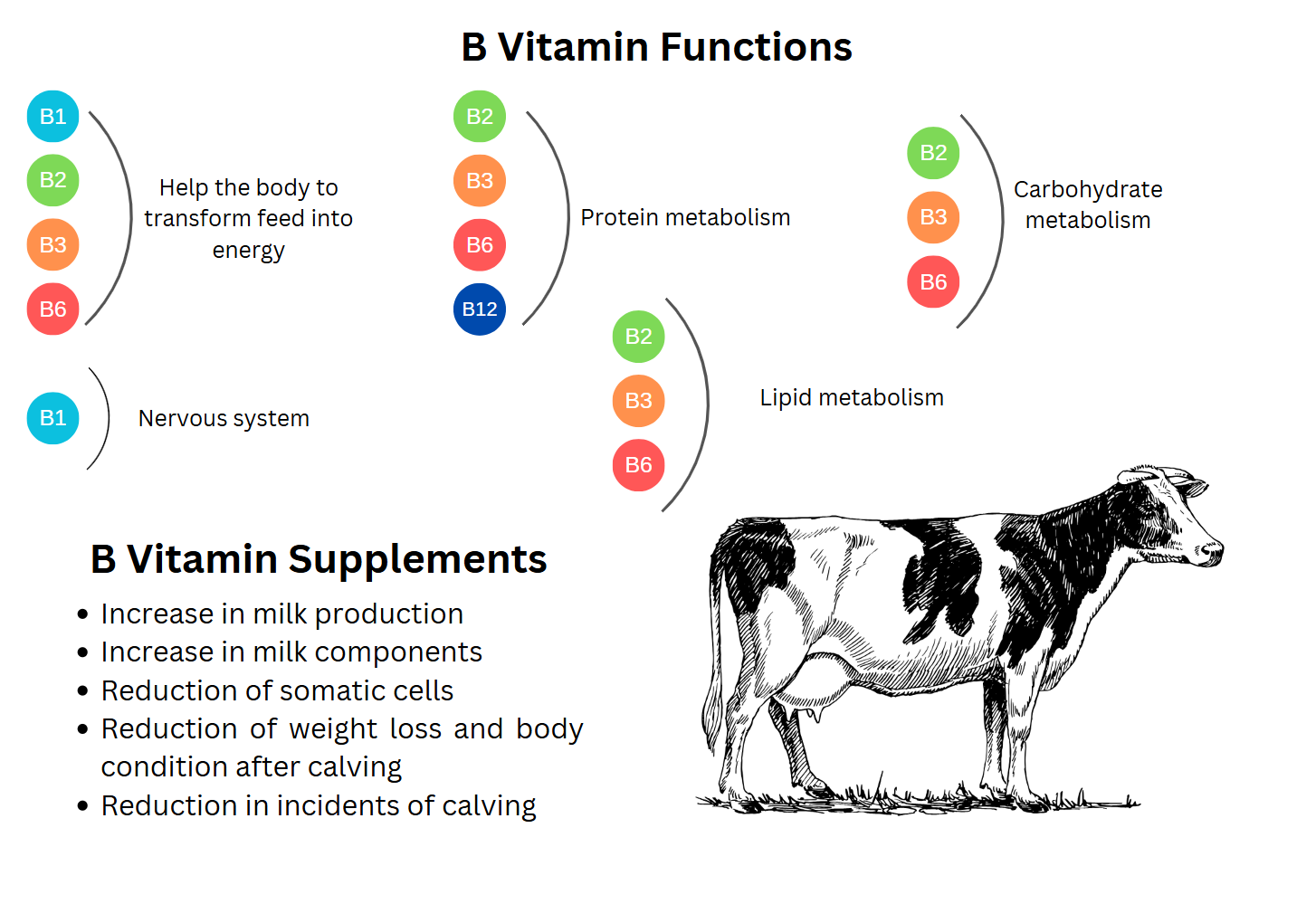
What is a common clinical sign of Vitamin B1 deficiency in ruminants?
Polioencephalomalacia.
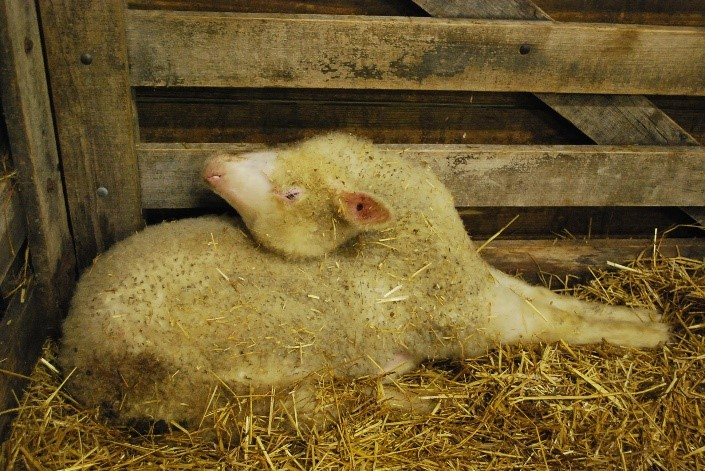
What are clinical signs of thiamine deficiency?
Poor growth, poor appetite, poor weight gain, vomiting, hypothermia, sudden death.
What is the function of Vitamin B2 (Riboflavin) in the body?
It is involved in hydrogen transport in chemical reactions and is important for carbohydrate and amino acid metabolism.
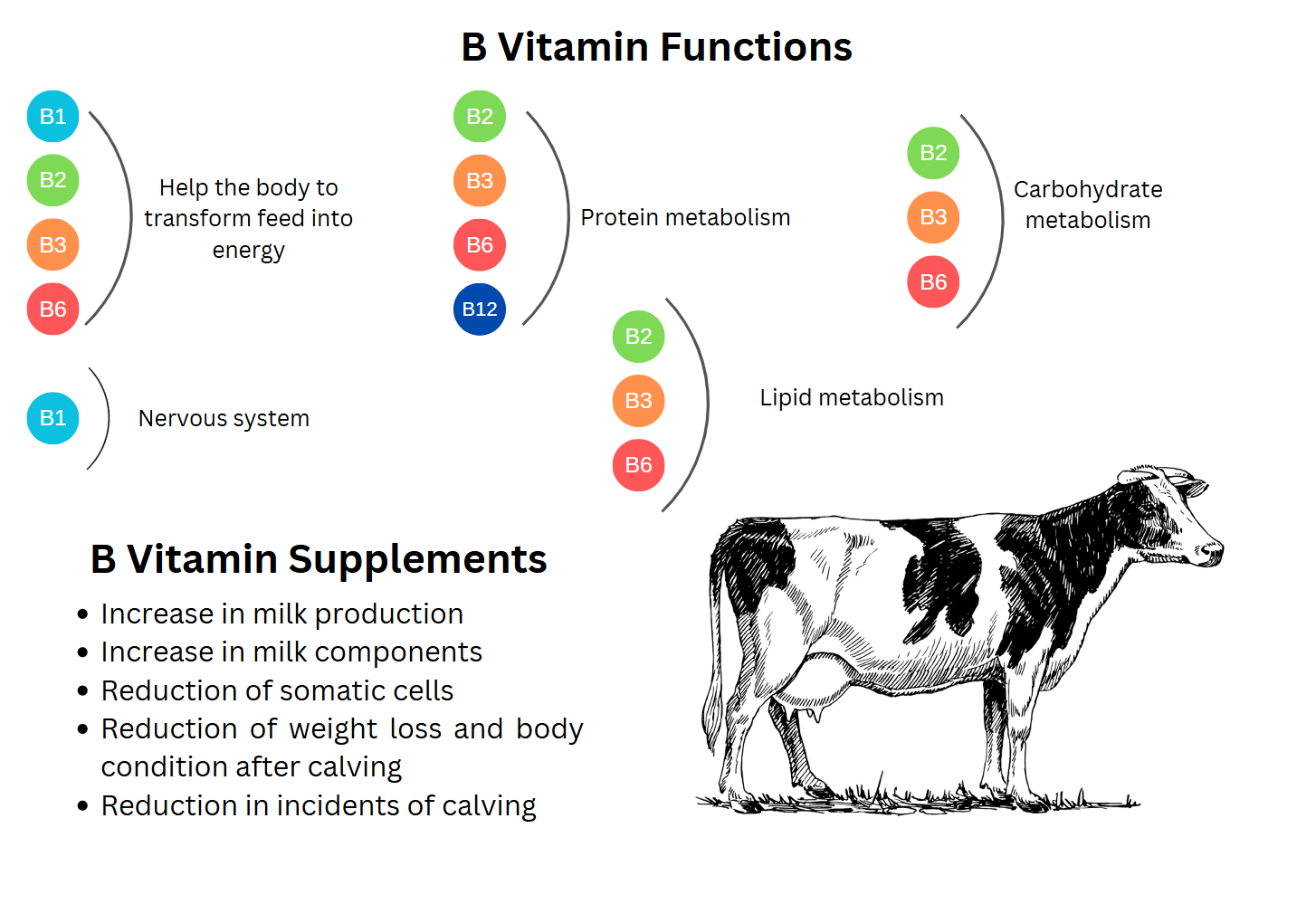
What are the sources of vitamin B2 (riboflavin)?
All biological materials as it is synthesised by green plants, yeast, fungi, and most bacteria. However it is poorly found in cereal grains.
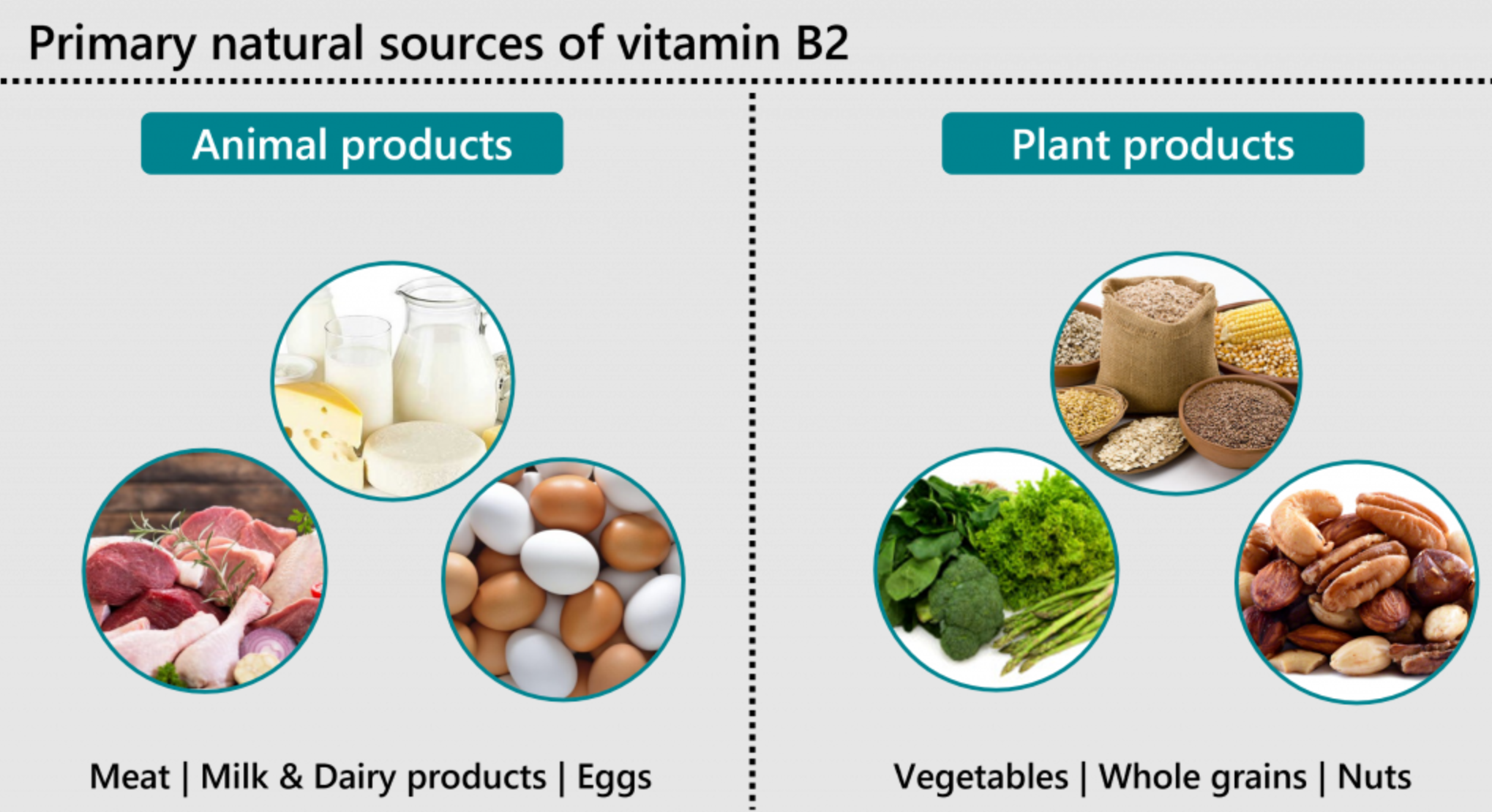
What are the clinical signs of Vitamin B3 deficiency?
Inflammatory lesions of the GIT, rough skin and coat, and dermatitis on the ears.
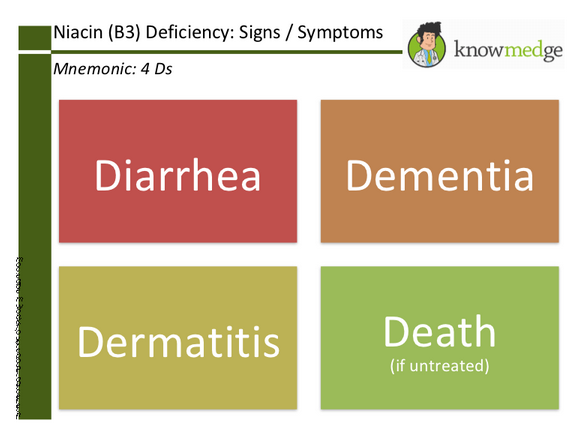
What are the clinical signs of Vitamin B5 deficiency?
Anorexia, ataxia, bloody diarrhoea, posterior paralysis, and alopecia.
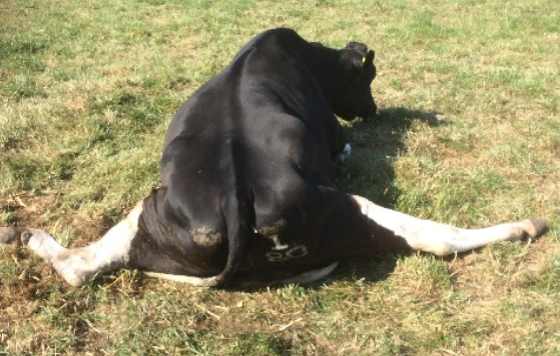
What is the primary function of Vitamin B6 (Pyridoxine) in the body?
It is a coenzyme in amino acid metabolism and transformation into other nitrogenous compounds.
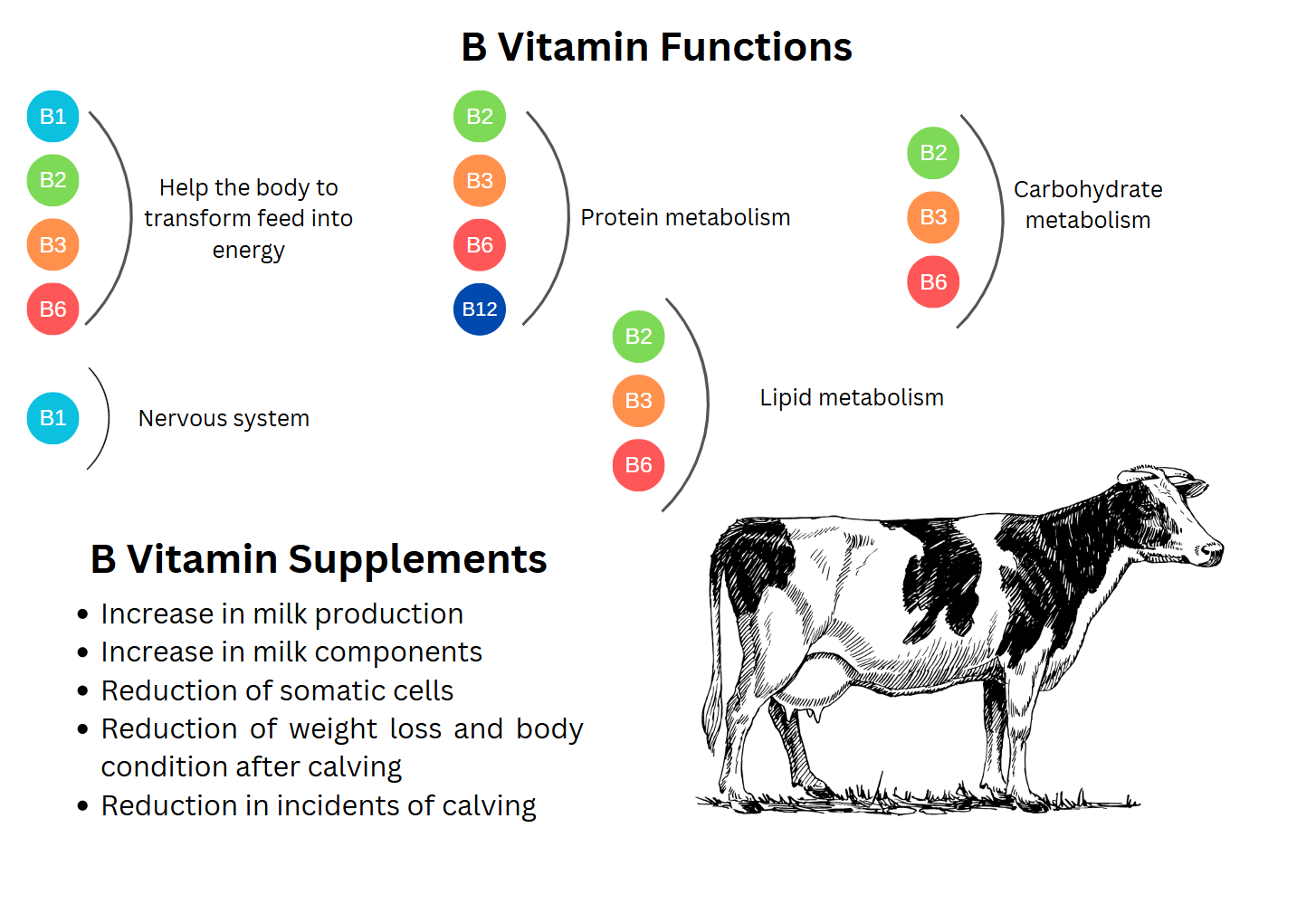
What are the clinical signs of Vitamin B6 deficiency?
Convulsions, spasms, ataxia, coma, anaemia, and fatty liver.
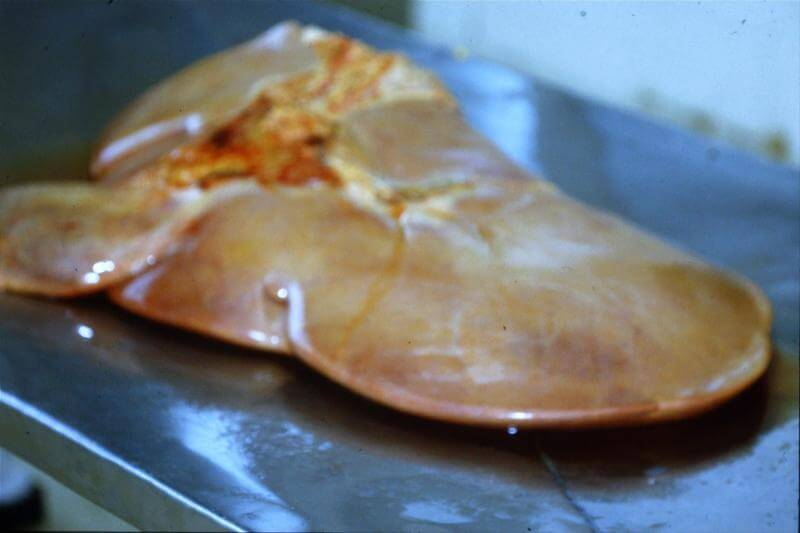
What are post-mortem lesions associated with vitamin B6 deficiency?
Bone marrow hyperplasia, haemosiderosis, anaemia, fatty liver.
What is the function of vitamin B7 (biotin)?
Prosthetic group of several enzymes that catalyse the transfer of CO2 from one substrate to another.
(Hair, nails, pigment, CNS)
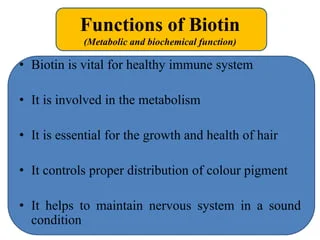
What is Vitamin B9 (Folic Acid) involved in?
Nucleic acid metabolism and haemoglobin synthesis.
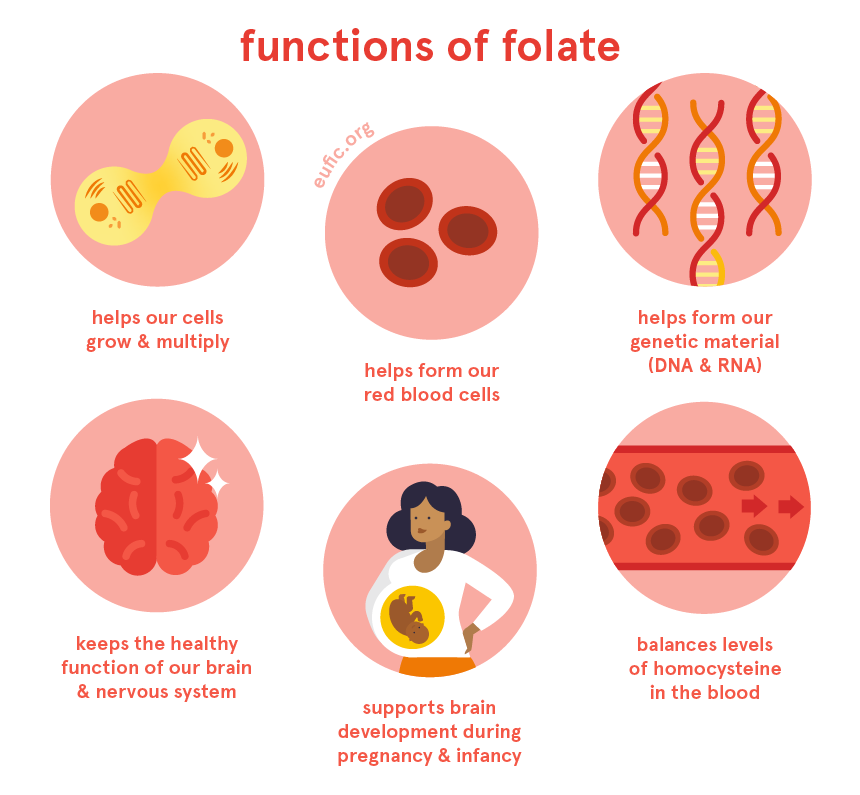
What are the functions of Vitamin B4 (choline)?
Lipid transport and absorption, cell membrane structure, and cell signalling.
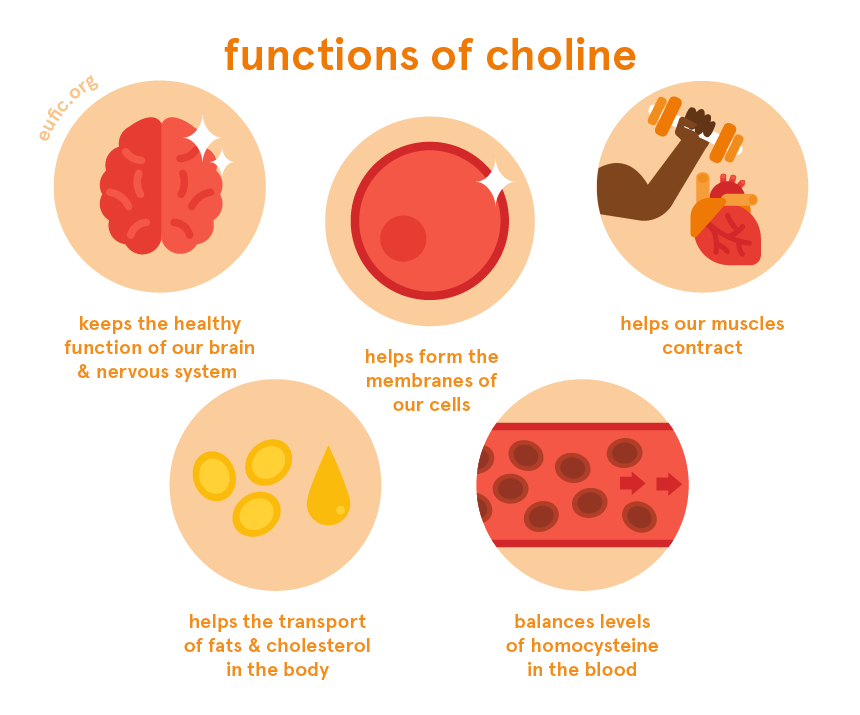
What are the clinical signs of Vitamin B4 deficiency?
Incoordination, vomiting, dyspnoea, anorexia, and poor milk yield.
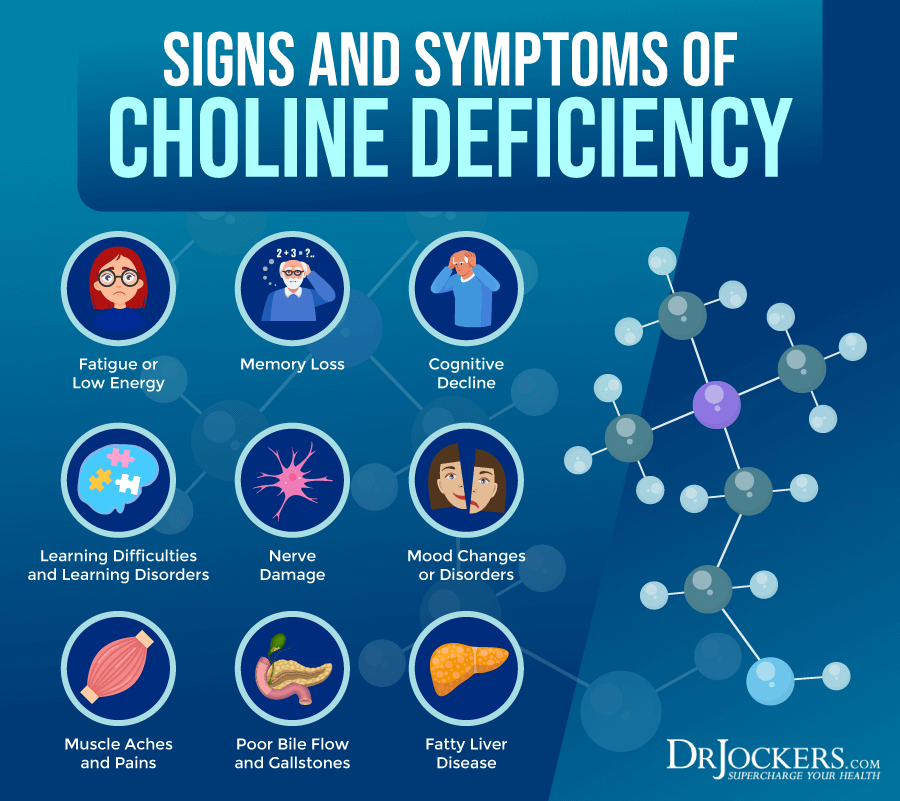
How is Vitamin B12 (Cobalamin) synthesised?
Exclusively by microbes in the rumen from cobalt.
What is Vitamin B12 essential for?
Folate metabolism, erythrocyte maturation, DNA synthesis, and nerve protection.
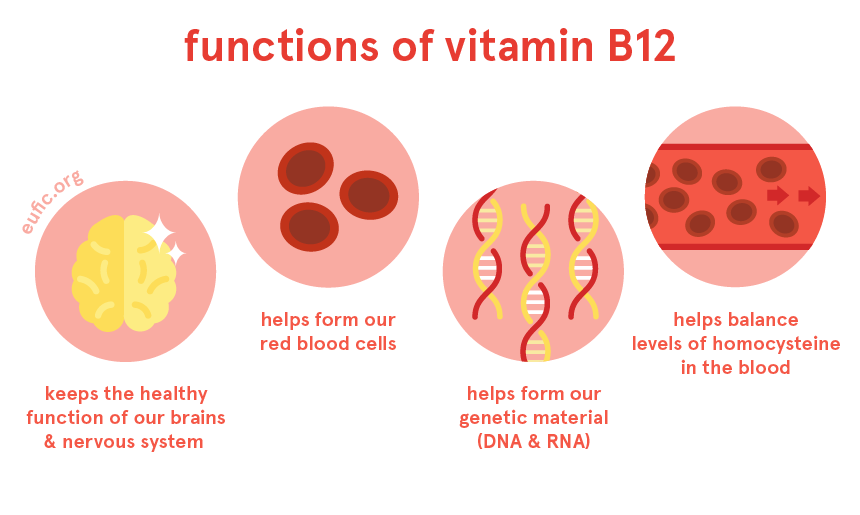
What are the clinical signs of Vitamin B12 deficiency?
Ill-thrift, weight loss, poor growth, pale mucous membranes, and anaemia.
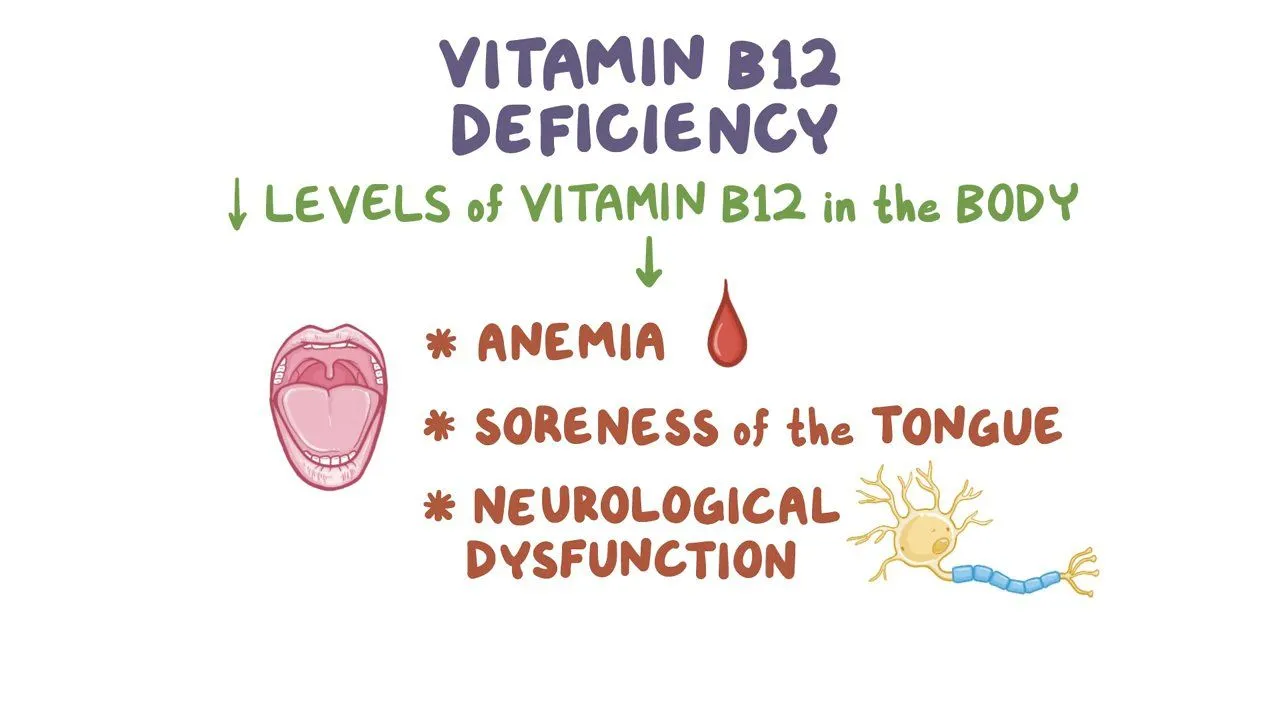
Which vitamins are necessary for lipomobilisation in dairy cows?
B7 and B12.